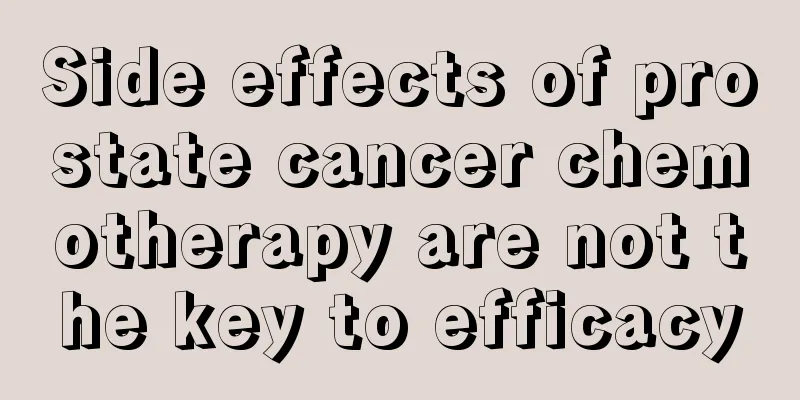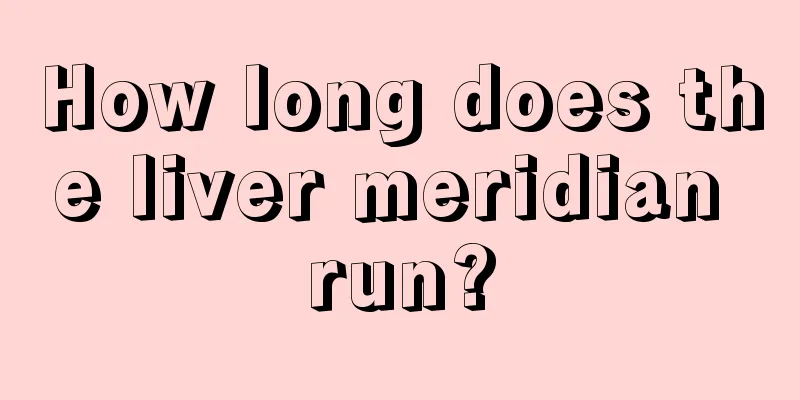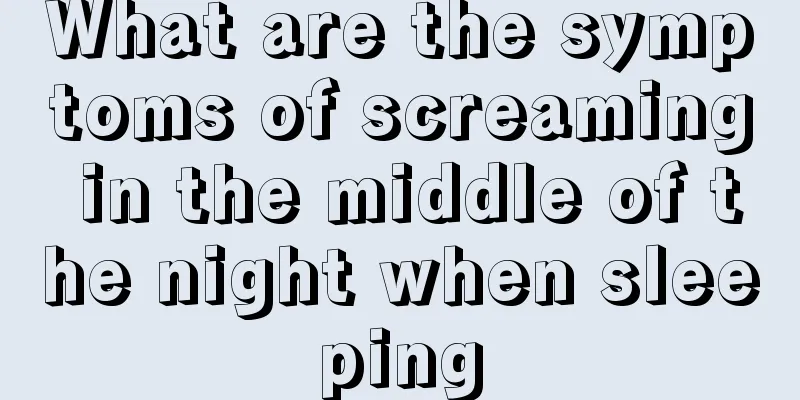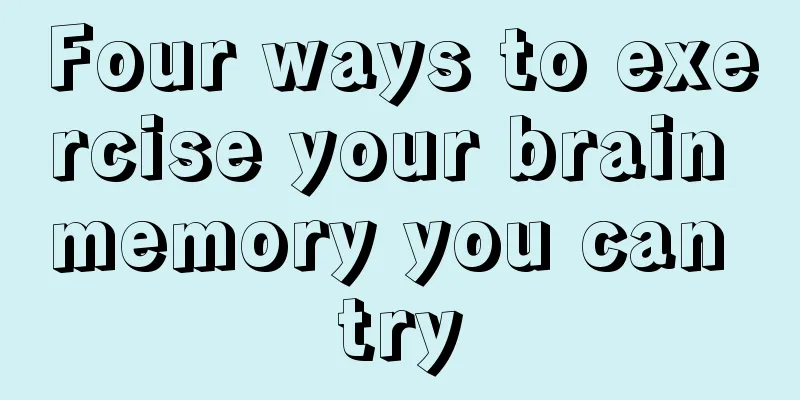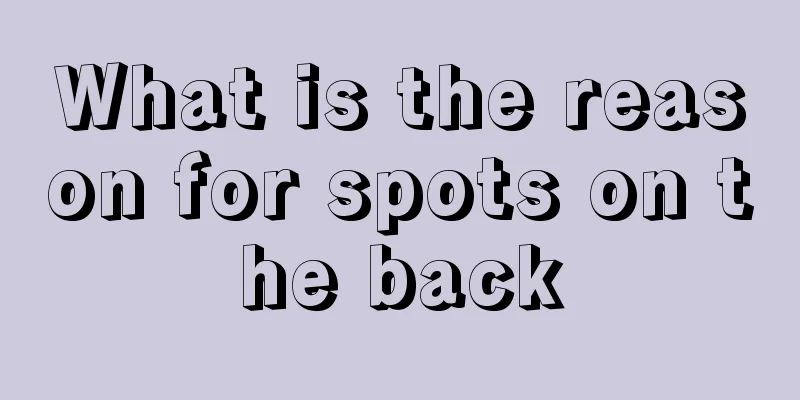The dangers of autohemotherapy
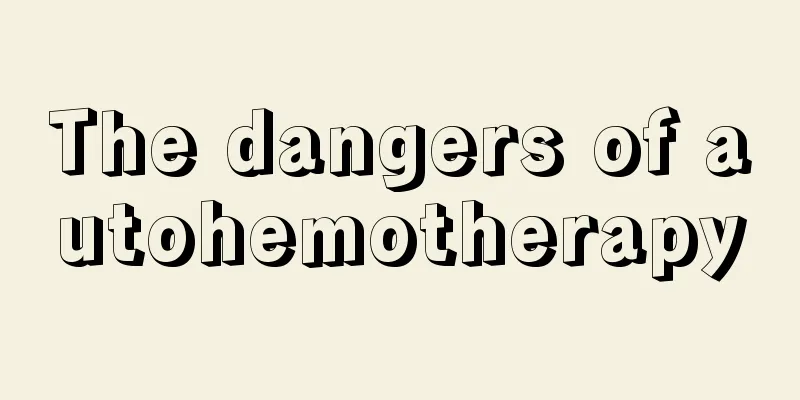
|
Autohemotherapy is actually a treatment method that extracts the patient's own venous blood and then injects the blood subcutaneously. Since this treatment method uses the patient's own blood, it will reduce the possible phenomenon of allogeneic rejection. Currently, this treatment method is mostly used in vitiligo, chronic urticaria allergic dermatitis and recurrent furunculosis. Generally, this treatment method requires several courses of treatment. Hazard 1 Chest tightness, rapid pulse, rapid breathing, cyanosis, and decreased blood pressure during ozone immunotherapy are caused by excessive cardiac load. This reaction often occurs during treatment due to heart failure and excessively rapid blood return. Therefore, the reinfusion speed should be strictly controlled during treatment. For patients with heart failure, the drip rate should not exceed 20-40 drops per minute to prevent this reaction from occurring (high-pressure ozone therapy is most likely to cause this symptom and is currently widely banned). Hazard 2 Dizziness, chest discomfort, and pain behind the sternum are manifestations of air embolism during treatment, which can be life-threatening in severe cases. The main reasons are that the air in the infusion tube has not been completely discharged and the connection of the blood transfusion device is not tight. As long as we carefully check whether the connection parts of the blood transfusion device are tight, pay attention to expelling the air inside before puncture, and strengthen inspections during treatment, we can prevent such situations from happening. Hazard Three Fever reactions usually occur 1-2 hours after the end of treatment. The causes are multifaceted, including endogenous heat sources as well as external heat sources. Symptoms include headache, chills, fever, and general discomfort. In this regard, we pay special attention to aseptic operation and store various treatment supplies in the clean bench for safekeeping. If a fever occurs, take symptomatic care in time, slow down the blood transfusion rate, and stop the transfusion in severe cases; for those with chills, give warming treatment and other treatments. For patients with fever above 38°C, physical cooling should be given and, if necessary, antipyretic drugs, antibiotics or sedatives should be given as prescribed by the doctor. Hazard 4 Tingling of the lips and tongue (common in women), most often occurring near the end of transfusion, may be due to transient, mild hypocalcemia caused by excessive citrate accumulation. Calcium supplementation should be given for this symptom. Attention should be paid to the course of treatment, 2-3 days/time. During treatment, blood and sodium citrate should be placed in proportion. Hazard 5 After the treatment, some patients feel tired, some have no symptoms, and some feel healthy and full of energy. Why does this happen? This is mainly because the antioxidant system capacity of each person is different, so ozone immunotherapy (especially for the elderly) must start with a low ozone dose (20ug/ml) and slowly increase to 40-50ug/ml. |
<<: Uneven echo of thyroid ultrasound
Recommend
Diagnosis and treatment of metastatic bone cancer
Metastatic bone cancer refers to malignant tumors...
Can reflux esophagitis be cured? What treatments are commonly used?
Reflux esophagitis is a common gastrointestinal d...
Experts explain common colon cancer surgeries
Surgery is currently a commonly used method for t...
To prevent breast cancer, pay attention to these three signs, early treatment and early recovery
How can female compatriots prevent breast cancer?...
The harm of drinking rice wine for a long time
Alcohol is now a common drink in social occasions...
Is the black ink of cuttlefish poisonous?
The black ink in cuttlefish is actually non-toxic...
Tips to relieve headache caused by wind
Some young girls have a bad habit of going out be...
What medicine is effective for leg pain?
Many middle-aged and elderly people will experien...
What are the symptoms of diaper allergy?
Diapers are a very important item for babies. Bec...
Which foods are likely to cause liver cancer? These 3 foods are likely to cause liver cancer
According to survey data, there are more than 3.5...
What is the quick way to remove the green skin of walnuts?
People eat many kinds of nuts in their daily live...
Dietary taboos for glioma
For glioma patients, diet is very important, beca...
Is liver transplant useful if you have liver cancer? What should liver cancer patients eat?
Many liver cancer patients are diagnosed with liv...
Can rice remove blackheads?
I believe everyone hates blackheads on their face...
Is lymph node enlargement breast cancer?
Is swollen lymph nodes breast cancer? 1. Swollen ...

